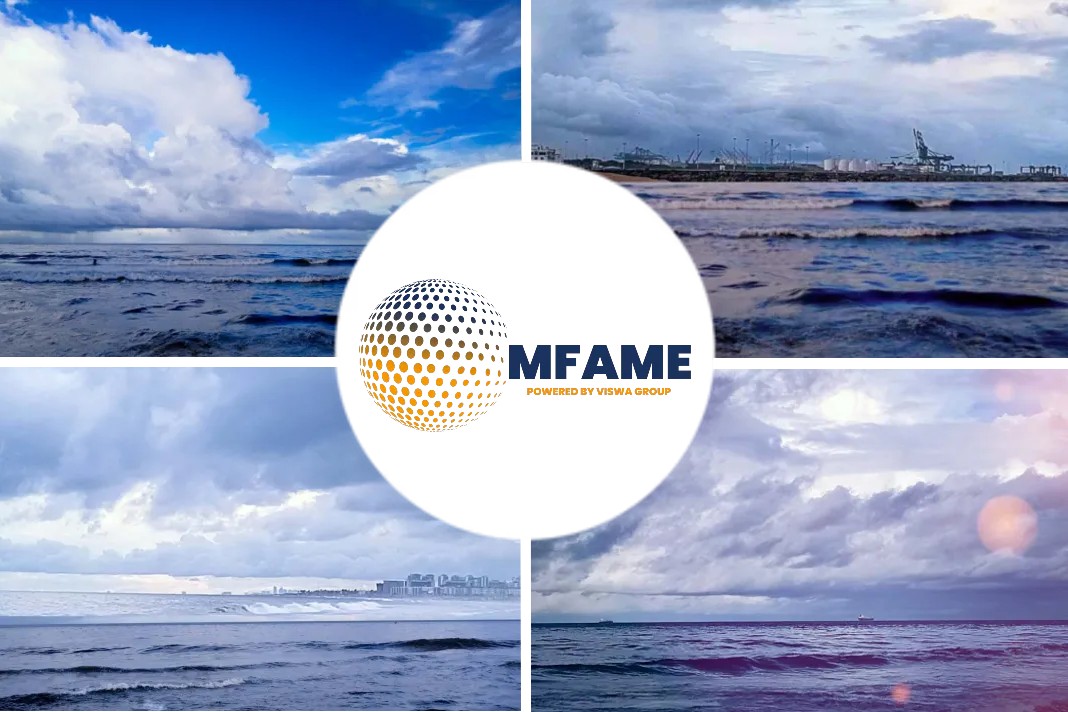- Replenishing oil inventories to support
- Products trade to boost clean earnings
- Scrappings slow
Global tanker markets are expected to see better days in 2022 on the back of a likely increase in trade of oil and oil products, but the return to a pre-pandemic era can still be painful due to upcoming deliveries and slower scrapping of old ships, reports Platts.
Surging bunker prices
Higher bunker prices are also eroding earnings, though it has been factored in the new Worldscale flat rates. Nevertheless, vulnerability to future bunker price spikes remains.
“Tanker markets are expected to be clearly better in 2022, but are not yet back to ‘normal’ levels“, Ole-Rikard Hammer, Oslo-based Senior Analyst for oil and tankers with Arctic Securities, said.
Total tanker demand is likely to grow 4%-5% next year as higher production support markets and crude demand plays a bigger supporting role, which was largely absent this year, Tim Smith, London-based director of MSI Strategies International, said in a report.
MSI has forecast daily average spot VLCC earnings during the first quarter of 2022 at $21,800, taking into account voyages to China from the US and the Persian Gulf, compared with losses of $600 in Q3 of this year. It has forecast that LR2 earnings on the Persian Gulf-Japan route to almost treble to $18,300 in Q1 2022 from Q3 2019.
If these gains fructify, it will be a welcome respite for owners who have struggled to breakeven for most of this year due to high bunker prices and surplus dirty tankers as oil demand is still below pre-COVID-19 levels.
The number of spot market VLCCs loading each month in the Persian Gulf stands at 110, a fifth lower than at end-2019. Oil demand continues to recover and with inventories sharply lower, from here on trade will need to rise to keep up with demand, Hammer said.
According to S&P Global Platts Analytics, global oil demand declined 9.1 million b/d in 2020, while this year’s recovery was just five million b/d and growth is expected to be almost another 4.8 million b/d next year.
Surplus ships
On the supply side, lack of scrapping at a time when there is redelivery of tonnage from floating storage, have combined to keep fleet growth above 3% for much of this year, a level way too high in the weak demand environment, Hammer said.
This has created an overcapacity in tonnage, which will take time to absorb, he said. Fleet growth should continue to slow next year as storage is reduced and more old ships disappear from a market where weak rates make maintenance and classification surveys very expensive, he added.
Tankers’ fleet has grown by 2.3% so far this year due to fewer scrappings even as newbuilds enter the market, according to estimates of Affinity shipbrokers.
Almost 70 over 20-year-old VLCCs are still in the market, the brokerage said. Trade sources said some of these old ships are moving oil informally from sanctioned countries. If the US and Iran were to reach a nuclear deal, then additional demand of around 1.4 million b/d will become formal trade, they said.
Demolition has been very slow, while deliveries are way higher, said Enrico Paglia, Genoa-based research manager with shipping brokerage and consultancy, Banchero Costa, or Bancosta. Hence, the fleet keeps growing, while demand does not increase.
Close to 75 dirty tankers were delivered this year, including around three dozen VLCCs, while demolition has not exceeded 30, including half a dozen VLCCs, Paglia said.
Around 40 VLCCs are to be delivered in 2022, on top of 35 this year, according to estimates of the brokers who expect higher freight only towards the end of 2022 due to seasonal winter demand.
Market participants have also attributed the current slow demolition to tankers’ higher asset value and a hope that demand will increase in the post-COVID-19 era, though this is unlikely to be soon.
Clean vs. dirty tankers
In clean tankers, owners of LR ships are earning between $11,000/day and $21,000/day on the key Persian Gulf-North Asia and Persian Gulf-Europe routes, according to shipping industry estimates.
The difference between the clean and dirty segments is the status of trade, Arctic’s Hammer said. He pointed out that crude oil demand is still down by an estimated 10% from Q4 2019, while the recovery in the clean segment began in mid-2020 and demand is close to 2019 levels.
In product tankers, the situation is slightly different because demand is more dynamic and demolition, especially for some segments, is stronger compared with deliveries, Bancosta’s Paglia said.
Only four LR1s were delivered this year and three were demolished, according to Bancosta’s estimates. However, supply of MRs has increased significantly with 82 deliveries and 30 demolitions, the estimates showed. The corresponding number for LR2s is 33 and 10, respectively.
Did you subscribe to our daily Newsletter?
It’s Free! Click here to Subscribe
Source: Platts



















